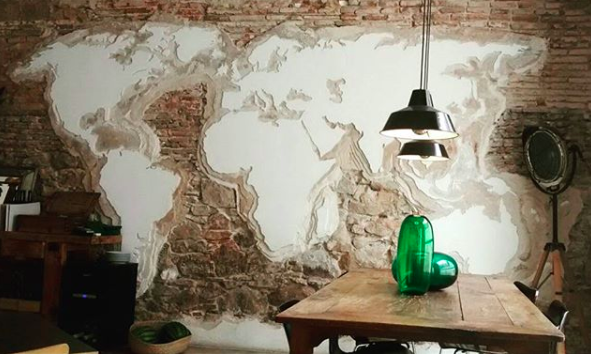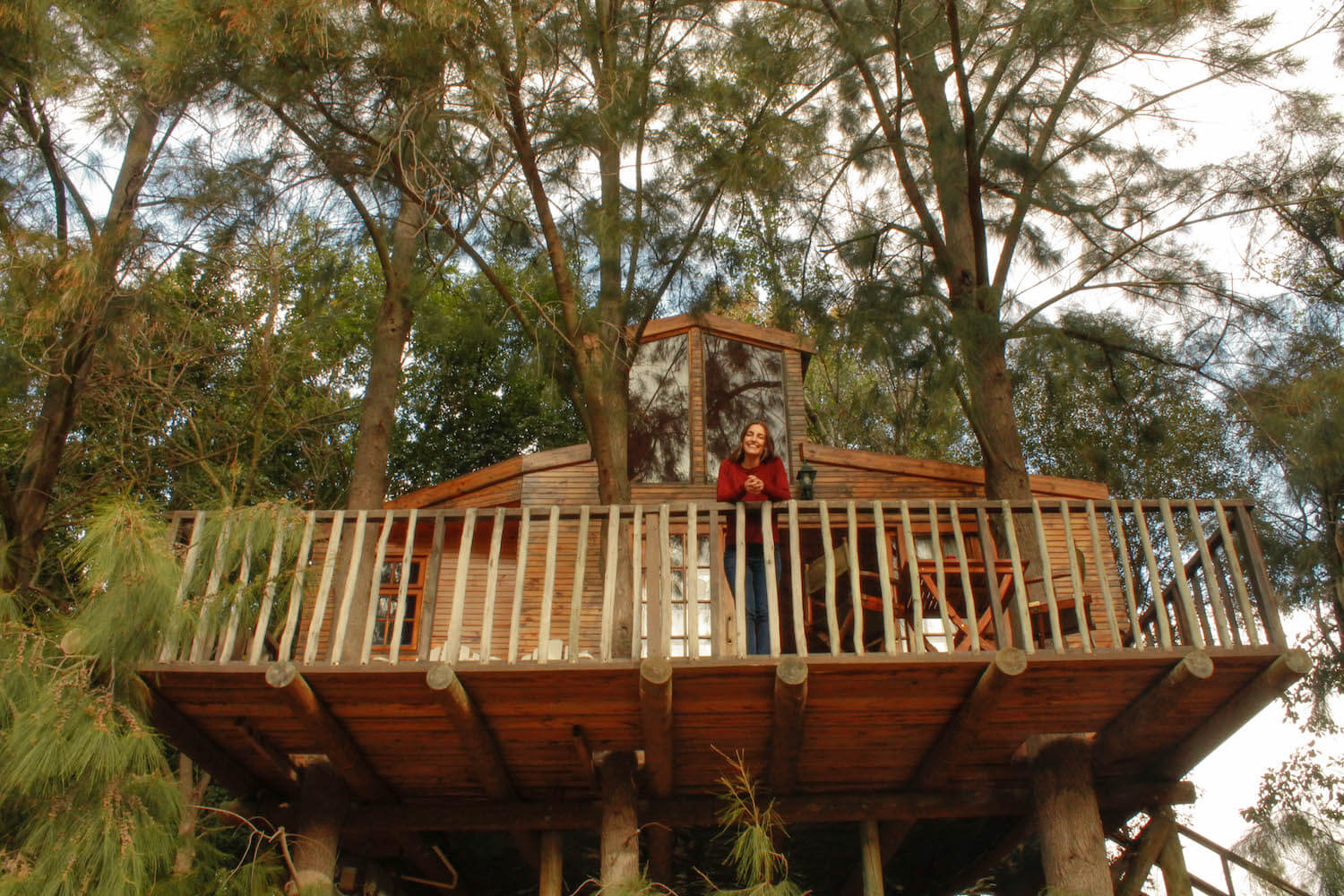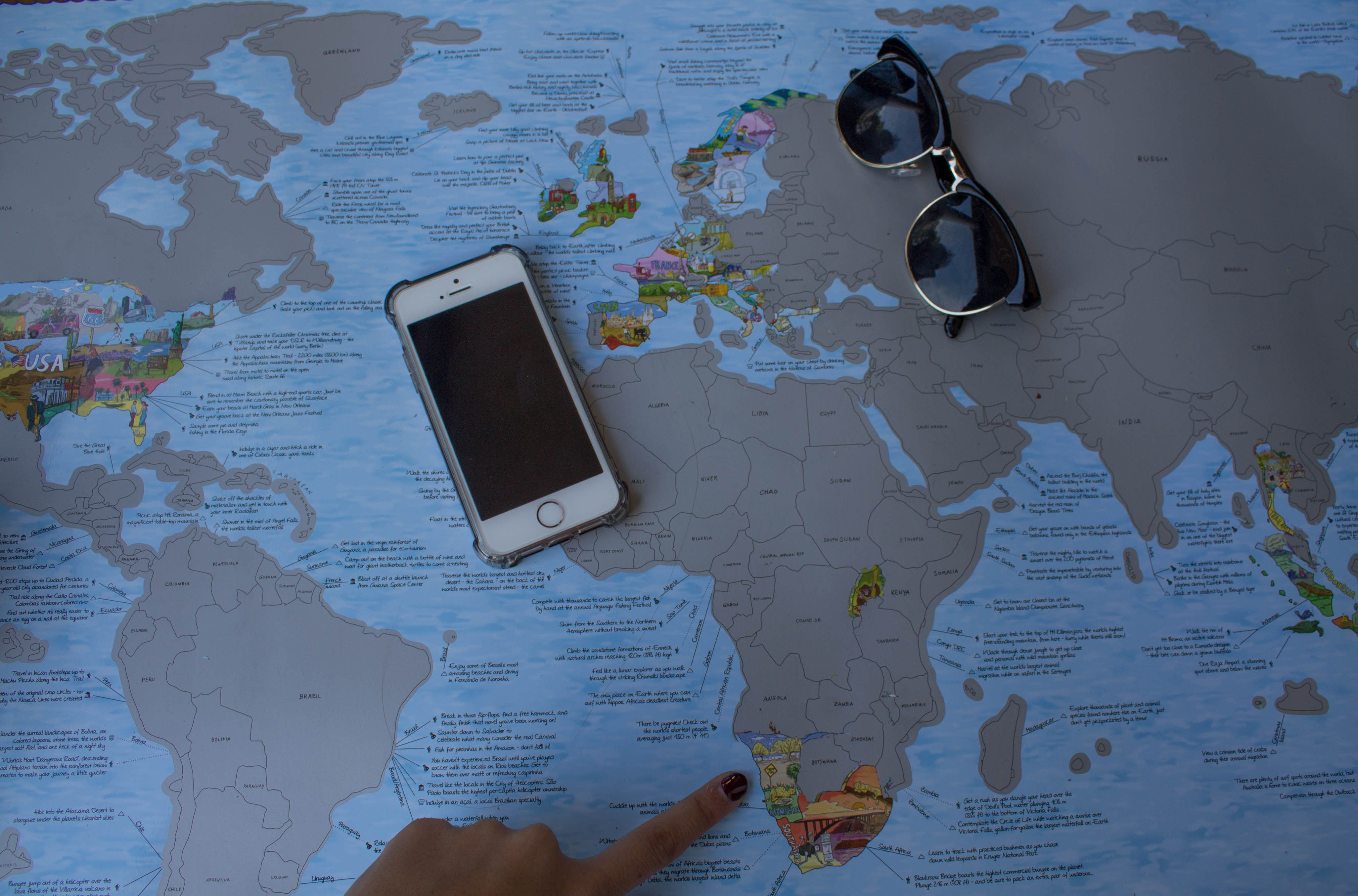Easy and detailed steps make the planning process easier. I’ve been travelling as long as I can remember and I’ve spent a fair few hours planning. I even do it professionally now – so I consider myself an expert when it comes to travel planning. I learnt from the best and continue to grow each time I plan a trip for myself or my clients. So I’ve compiled a “How to plan any trip” list for you.
Table of Contents
How to plan any trip in 11 easy steps
1. Decide where are you going
This is the most obvious first step, Duh, Anna. But without it you won’t be going anywhere, so take some time to decide where you want to go most. I find inspiration on Travel blogs, Instagram and Pinterest. Most of my trips are a combination of the following reasons combined to make them happen:
- Budget: I always budget my travels. I am an obsessive travel planner, so budgeting, making checklists and making sure I do my research way in advance of my travels si very important to me. I like to know what the daily budget for a place will be. In some places with 30-40USD per day you have more than enough and others need some more money. Different times of year in different destinations will also have higher or lower prices. This factor is important.
- Season of the year: there are two main seasonal factors for me. The easy one is picking the season depending on what to do (e.g. good weather for a beach destination and very cold for a winter ski trip). Then the rainy season is the second factor I like to check. With the high season and low season + the rainy season I can make out what the shoulder season will be. Shoulder season are the months in between high season and low season. Travelling in shoulder season if your dates are flexible is my favourite thing because you get lower prices, less crowds and the weather is still/already nice.
- How much time do I need/have: I wouldn’t travel to a destination where you need at least 7-10 days if I only had 3.
2. Check if you need a visa and what the health requirements are
Some nationalities like EU citizens or Canadians for example have an easy access to a higher number of countries. The first stop is always passport index. The website is very easy to check and has categories for visa free, entry visa or visa needed. With a clear colour palette the first check is done. After checking that, head to the countries’ embassies’ website to double-check the listing on passport index is up to date. The next necessary step is to check if vaccinations or preventive medicine are needed. For example, in a lot of African countries the Yellow Fever vaccination is required and malaria preventive pills have to be taken.
3. Pick out your dates and research flights
If you have the opportunity to be flexible with dates. 2 or 3 days can make a huge difference to your final price.
The golden rule: Always check your flights using the incognito option on your browser. By doing that they do not keep cookies from your searches and won’t make them more expensive the next time you visit for the same dates and destination.
My recommendation is to check different apps. For the first app use hopper on your phone. Then check Skyscanner with at least 5 tabs to manually check dates (I find this to be the more reliable option, rather than checking for the cheapest month option – a personal OCD). The next step is to check the same airports and different dates and afterwards multi-airports (if the trip can be organised that way). It is always better to check one way for both legs of the journey and return – sometimes there are good deals to be found.
Silver rule: Subscribe to the newsletters of major airlines. You can score some nice prices if you are subscribed. I have a rule on my email that makes me not see the emails in my inbox if they come from let’s say Emirates. Then they are all in the folder “Airlines” – and I only check that when I’m looking for flights!
Subscribe to travel deal alerts in your country of residence. While in Europe I was checking el Viajero Fisgón and Scott’s cheap flights all the time. Now that I’m in Africa I check Travelstart and Cheap flights. They have amazing sales and specials – if any dates work for you – those are the good ones!

No one is exactly sure what the best tricks for scoring cheap flights are. For me, once I’ve decided on my dates I also check google flights matrix (still on incognito). I try to do international flights between 3 and 6 months in advance and domestic flights between 1 and 2 months in advance. Because I’m an obsessive planner I planned my whole year’s trips at the beginning, and although the dates were flexible and have been getting clearer over the months I knew roughly which destinations and which times of year I wanted to go. Tuesday afternoon is a well-known day to get good flights. At the end of the day trying to find flights in uncomfortable hours usually makes the for the better deal in my experience.
4. Check the route order & your way of transportation
After many hours of research using travel blogs and Instagram I have a vague idea of every place I want to visit (usually more than 50). Seeing as though I am not a full time traveller I have to try and fit in as many activities and sights as possible without overloading the planning.
This requires cutting the massive list down into only the most practical sights on the route I want to take, not more than 2-4 activities per day (depending on the activity, of course). Once I have organised the route and things to do I head to my amazing spreadsheet and update the details.
I include in this step deciding how to get around. In major cities or capitals I usually take taxis from and to the airport and use my legs or public transport to move around. In Slovenia I rented a car for a 7 day roadtrip and for Croatia I used buses. It really depends on my route and how easy and stress free public transport is.

Extra tip: I like to check step 3 and 4 of how to plan any trip together. The answer is simple: if I make the route starting at the final destination and that makes more sense flight and transportation wise I usually swap the order.
5. Booking the accommodation
I rarely leave things for last minute. This is because I have become hooked on sleeping in unique accommodation or unusual places. I have a list per country with amazing hotels, lodges, resorts or Airbnbs where I want to sleep. So my next move is to check my list and see if there’s anything for that country/area. For Uganda and Rwanda I didn’t have anything on my list but the places we choose ended up making the cut for my “Sweet Dreams” section – instead in Slovenia I planned the route based on availability for Garden Village as I knew I was going to be sleeping there.
When I don’t have a “must sleep” on my list I check the cheapest available accommodation. I like hostels for the vibe and location, Airbnb if I don’t want to be social (Grab your 39€ disccount if it’s the first time you are using the website!) and hotels (I use booking.com) when I need a late check-in or some other option that I can filter on the website.

Having Sweet Dreams in a tree house!
6. Booking the main activities
Now that we have the dates and are sure on the flights, what is it that you you want to do while you’re there? Some destinations require a lot of planning in advance and some are better for just winging it. For example in June this year when I went Gorilla Tracking in Uganda I booked my permits 6 months in advance, because they do sell out quite fast.
Locate your main objective for the trip (some trips might not have a main one): going on a 2 day hike, checking a major city landmark, sightseeing a capital in three days or road tripping. Some of the stops along the way might need you to book in advance for an activity or concert etc.
7. Download a conversion app
It is key to always know the exchange rate. My favourite app for this is called converter [LINK]. It works both online and offline which makes it very versatile. It’s always better to know how much money I should be getting when exchanging one’s currency.
8. Have offline maps
Download maps.me for offline maps. I also use Waze when I have data.
9. Pack your bag
Decide which items you are going to take as well as which bag or suitcase. I have been travelling carry-on only for over a year and couldn’t be happier with the decision. Check my summer packing list here.

10. Get insurance
The less sexy part about planning and yet one of the most important ones. Make sure your insurance covers repatriation and some medical problems as well as minor theft. I have used AXA, Winthertur and World Nomads. I like them all. World Nomads is the online interface I like to use the most: easy and clear on inclusions.
11. Have copies of your documents online
Things happen. So have copies of passport, drivers license, id’s, vaccination and others on the cloud or in your email, just in case!
With this easy guide on how to plan any trip you will be able to get hands on quickly and make sure you’ve checked all the necessary information. Now you only need to start planning your own trip!




